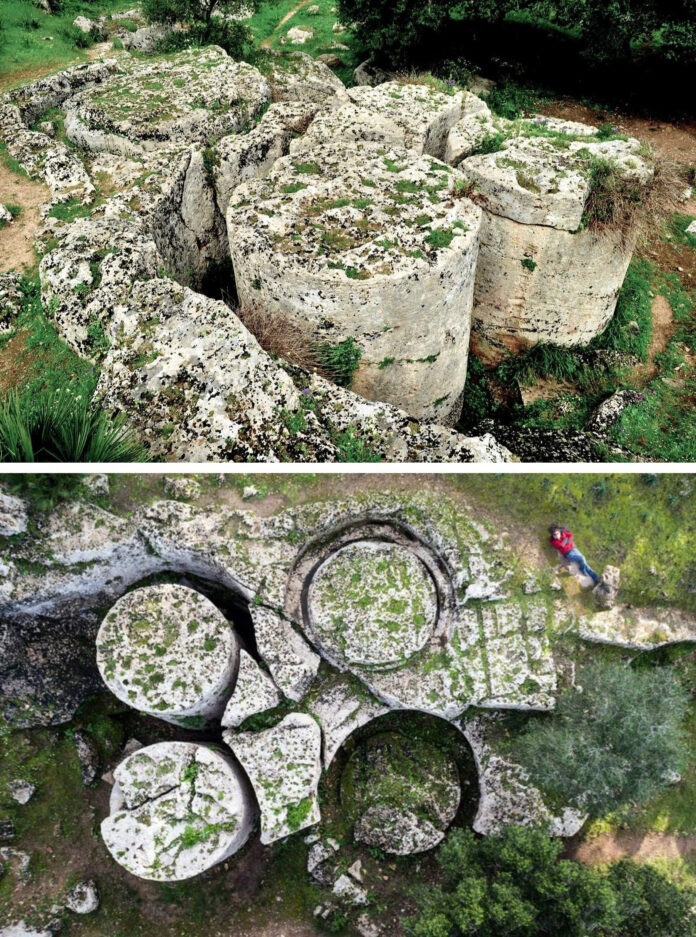The Ancient Quarry that Built a Civilization
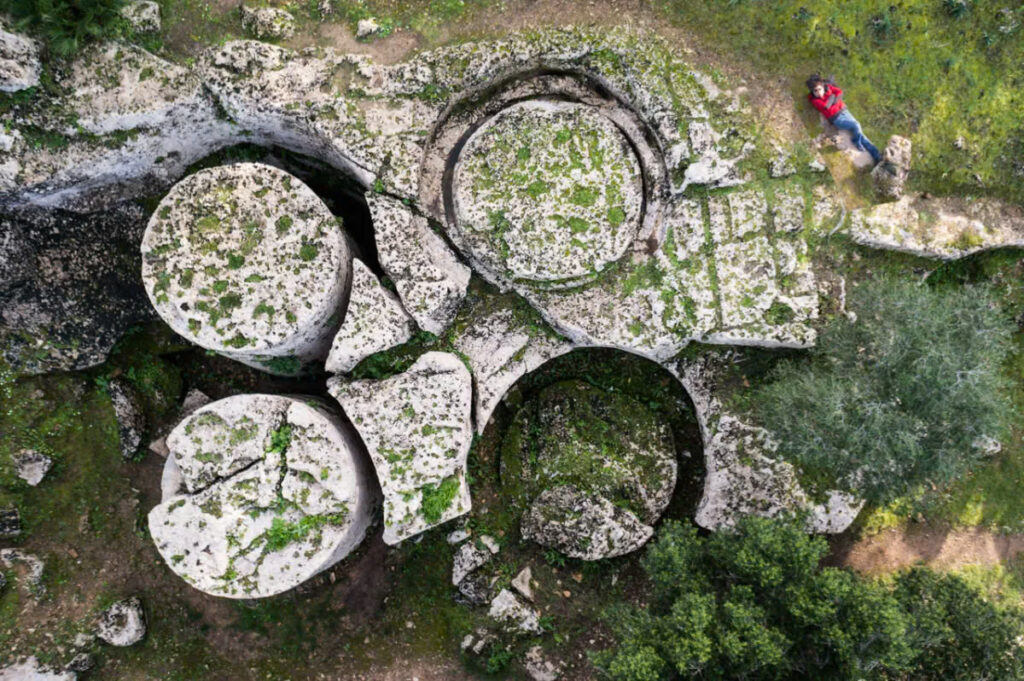
In the heart of Sicily lies Cave di Cusa, a remarkable quarry that once served as the lifeblood of ancient Selinunte’s architectural ambitions. From the 6th century BC, this vast stone repository provided the foundation for the city’s magnificent temples, including the renowned Temple of Hera and Temple of Apollo. These architectural marvels stood as testaments to Selinunte’s wealth and cultural sophistication during the height of Greek civilization.
Engineering Marvels in Stone
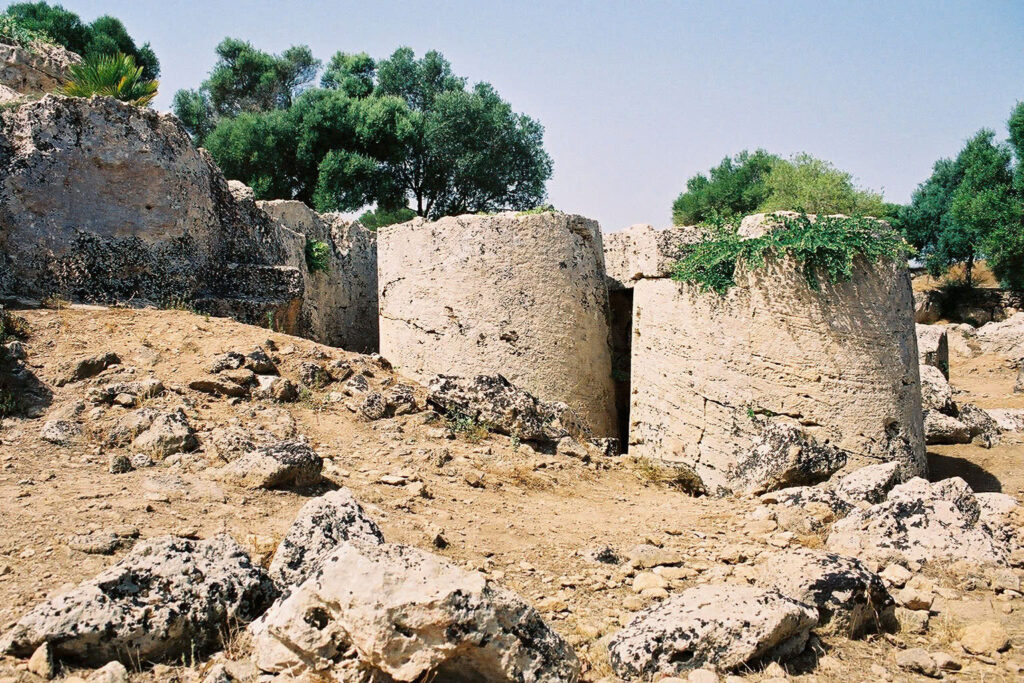
The quarry’s significance extended far beyond its role as a mere source of building materials. The massive stone blocks extracted from Cave di Cusa showcase the remarkable precision and skill of ancient stoneworkers. Each carefully cut piece reveals the advanced engineering capabilities of the Greek civilization, demonstrating how they transformed raw stone into architectural masterpieces that would define their era.
A Story Written in Stone
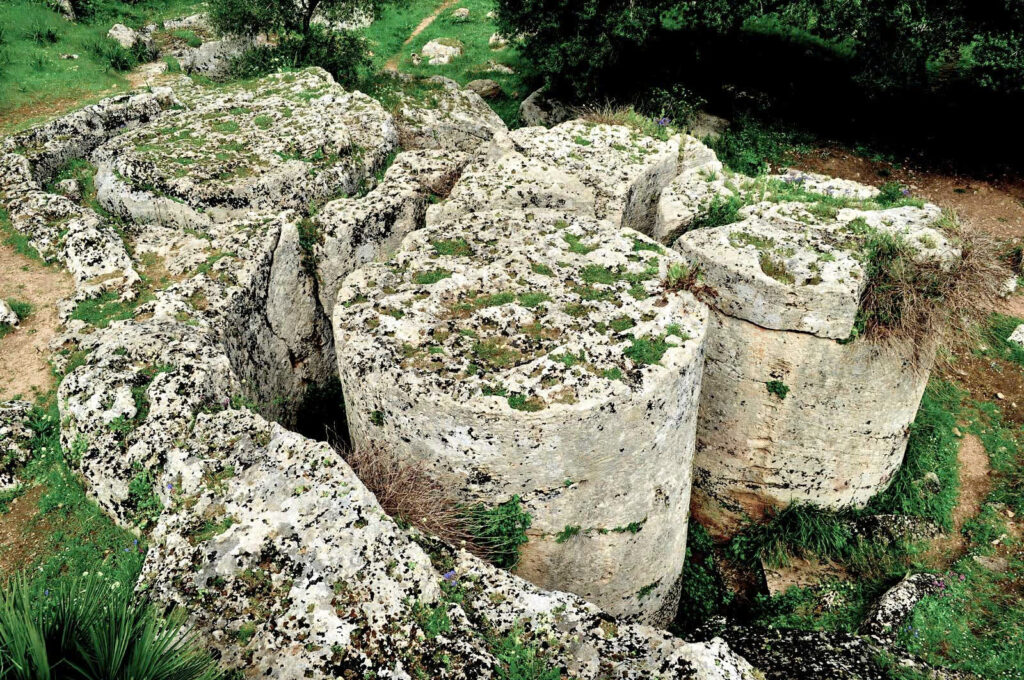
The fate of Cave di Cusa took a dramatic turn in 409 BC when Carthaginian forces descended upon Selinunte. The invasion brought all quarrying activities to an immediate halt, leaving partially carved blocks abandoned mid-extraction. These unfinished pieces remain frozen in time, silent witnesses to the moment when Selinunte’s grand ambitions were abruptly curtailed.
An Archaeological Time Capsule
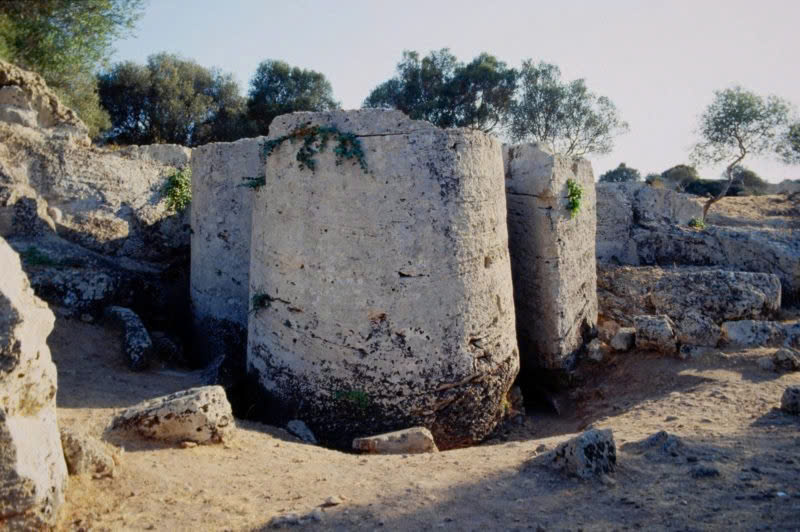
Today, Cave di Cusa stands as more than just an ancient quarry – it serves as a unique archaeological preserve that offers invaluable insights into ancient stoneworking methods. The site’s abandoned blocks provide a rare glimpse into the construction techniques of the classical world, while simultaneously telling the poignant story of a civilization interrupted. These stone remnants serve as a powerful reminder of how quickly prosperity can be overtaken by the tides of history.
A Testament to Time
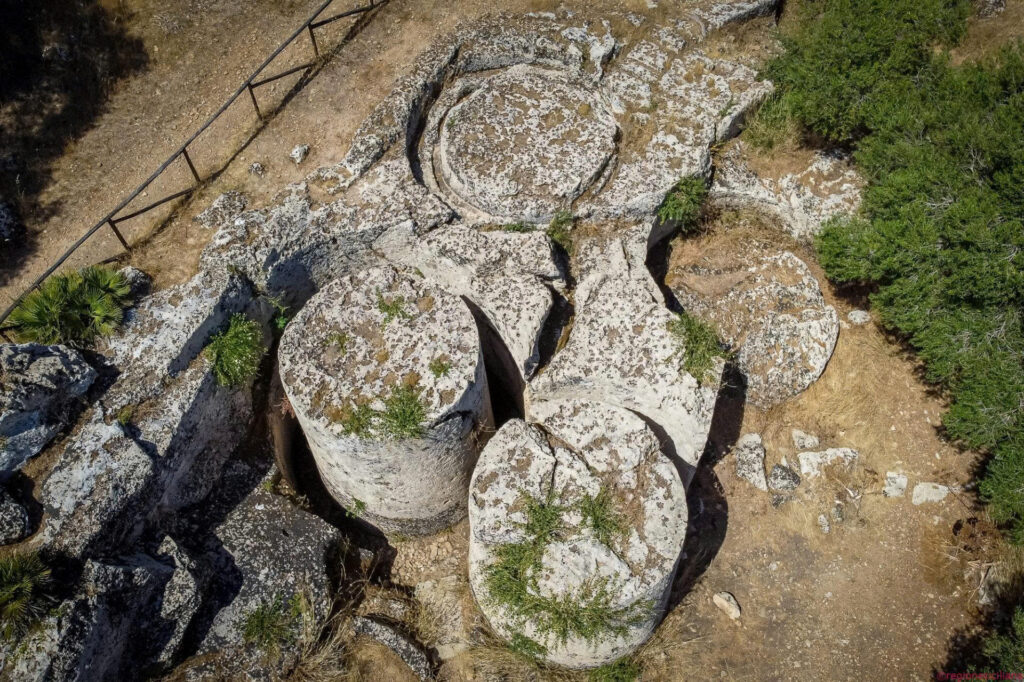
Cave di Cusa represents more than just an archaeological site; it embodies the intersection of human ambition and historical fate. The quarry’s preserved state offers modern visitors a unique window into both the technological achievements of ancient Greek civilization and the sudden vulnerability of human endeavors. Its legacy continues to educate and inspire, demonstrating how the rise and fall of great civilizations can be written in stone.
